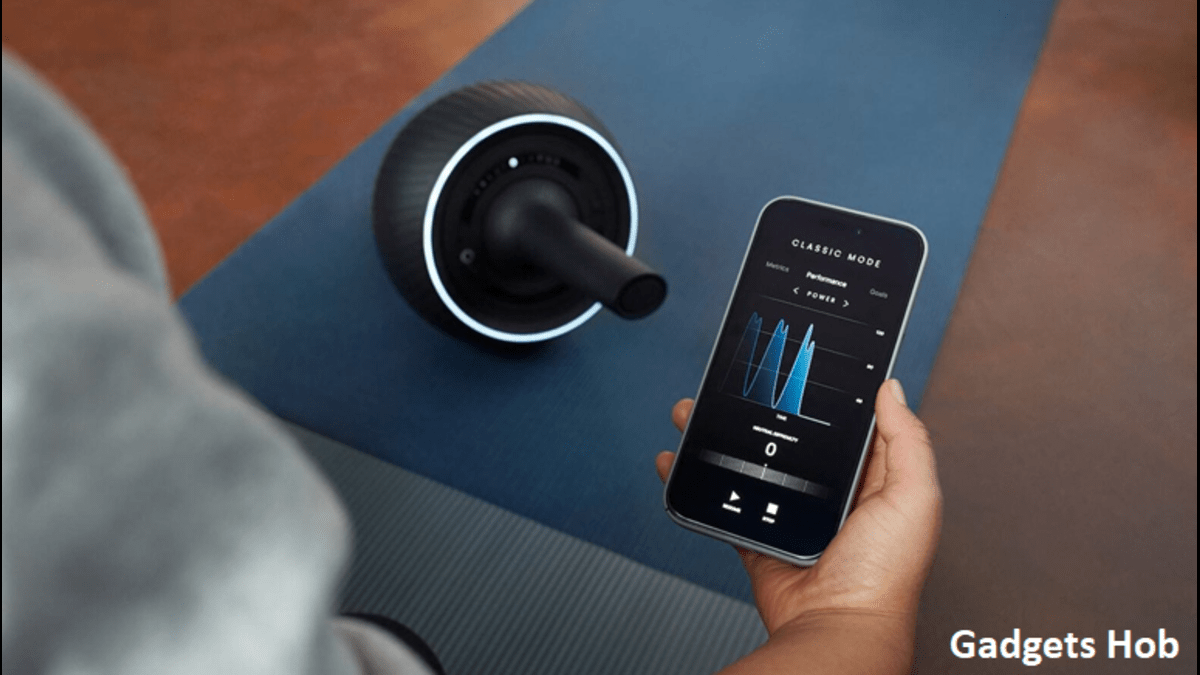The five fastest robots in the world.
Sub-One: Rubik’s Record
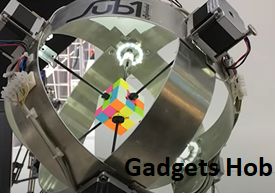
The sub one was the brainchild of the German technological company known as Infineon. The robot has a sphere-like frame with six arms extending inward at different angles. The robot features a microcontroller, which enables the arms to have physical movement.
The Machine deducts in problem solved thanks to specifically designed microchips and camera sensors, which are capable of completing specified tasks at lightning speeds. Infineon first showcased sub one’s ability to quickly solve a Rubik’s Cube puzzle at the electronica trade fair in Munich. As spectators watch, the robot solves the puzzle in 0.6 37 seconds, which is a new Guinness World Record. The fastest recorded time for a human solving the puzzle is four point seven four seconds.
MIT Cheetah: High-speed Robot
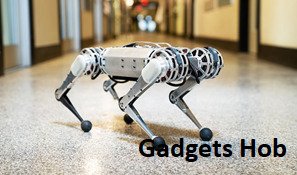
MIT cheetah, the robot, was designed and constructed by researchers from MIT, with funding from the US Department of Defense’s Defense Advanced Research Projects Agency. The large rectangular body of the machine contains twelve lightweight but powerful motors and a microchip containing algorithms that regulate physical movement and the amount of force each of the robot’s four legs exerts while walking, running, and jumping.
The robot, and video game-like controller, also contains specially designed sensors. An on-board computer gathers data from each sensor and relays the information to the motors. Cheetah and the controller used battery power, with batteries fully charged. At top speed, the cheetah runs at 29.2 miles per hour (47 km/h) and jumps over obstacles 16 inches tall. The team at MIT believes that the technology has many real-world applications. The robots can carry equipment for the military. The robot might also be used for search and rescue missions.
Robot Raptor: Velociraptor Inspiration
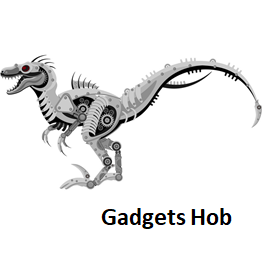
Raptors, the voracious velociraptors popularized by the Jurassic Park movies, served as the inspiration for the robot Raptor created by the Korea Advanced Suit of Science and Technologies MSC lab in South Korea. The robot has two actuated legs that resemble those of the reptile. Each leg functions through the use of a single motor. The legs are also designed with an Achilles tendon-like shock-absorbing systems. The carbon fiber epoxy composite feet resembled flexible, slender prosthetic legs used by amputees.
A spinning lever attached to the right side of what might be considered the hip region of the robot functions as a stabilizing tail. In motion, the robot is capable of running at speeds that exceed twenty-eight point five miles per hour (46 km/h). Currently, the device is tethered to the power and control unit; however, the research team hopes to upgrade the robot to enable free-roaming ability.
Human-like Robot Arms
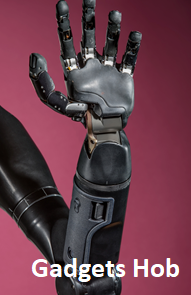
Robot arm researchers from Ecole a Poly technique the robotic arms to mimic human appearance in motion. Strategically placed cameras enable the robot to detect objects moving in its direction. The onboard computer calculates the trajectory of each object and regulates the arm’s movement in response. The arm measures 1.5 meters in length and has three joints, along with a hand and four jointed fingers.
The team taught the robot to catch by manually guiding the arm in the appropriate direction when an object was thrown. The computer software retains the information, which enables the device to quickly react. The data changes; each movement takes a mere five hundredths of a second. In video demonstration, the robot capably grabs and clutches each object at record speed. The robot arm designers believe that similar devices might be used as a safety device to protect humans from falling objects.
Out runner Robot Innovation
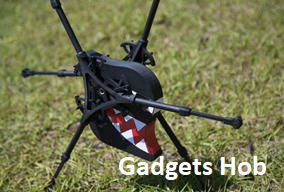
Out runner, a research team from Robotics Unlimited and led by Sebastian Cotton, created the unique Out runner robot. The company is affiliated with the Florida Institute for Human and Machine Cognition. The robot stands under 2 feet in height and weighs approximately 3 pounds. The body of the machine is black and closely resembles Pac-Man from archaic game fame. On either side of the body is a motor and processing unit.
Three legs extend from each rotating motor. The robots function via radio control, but the team plans on creating an app so they can operate the device using mobile devices and Wi-Fi signals. The little robots run on alternating feet and achieves speeds up to 20 miles per hour. Out runner continues running for up to two hours on a single charge of the battery.


